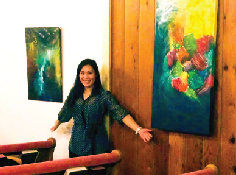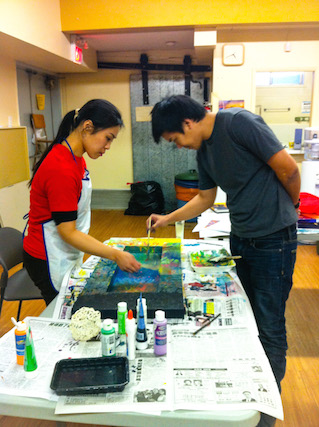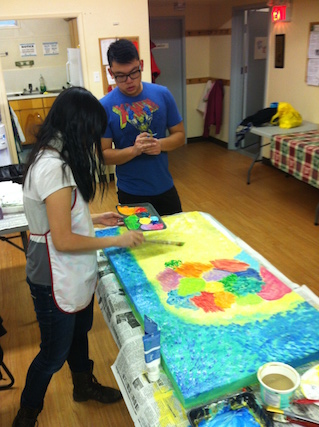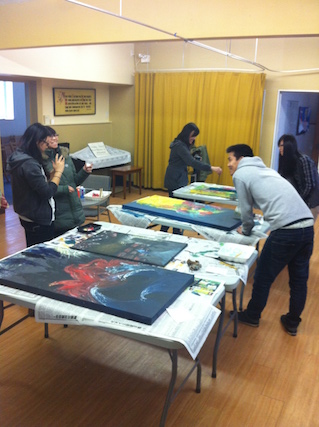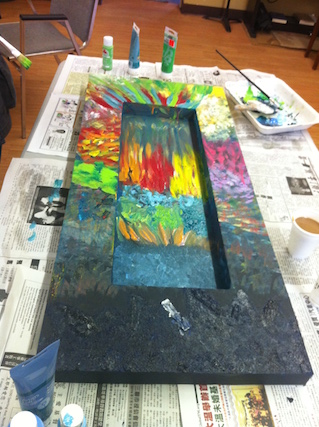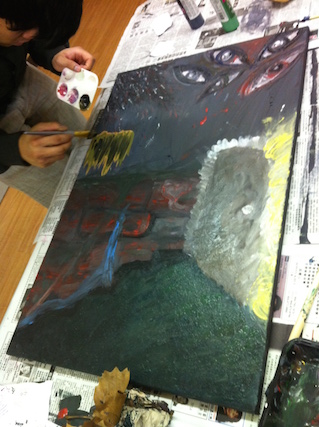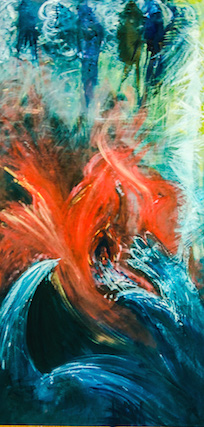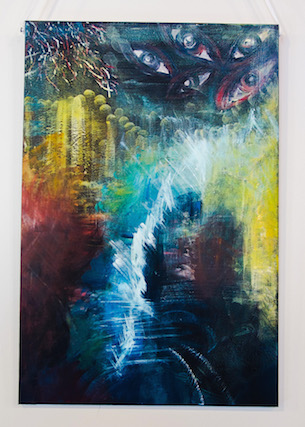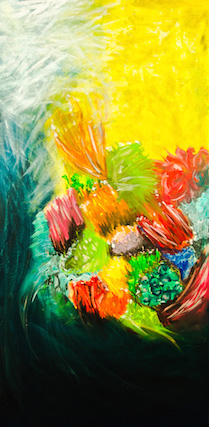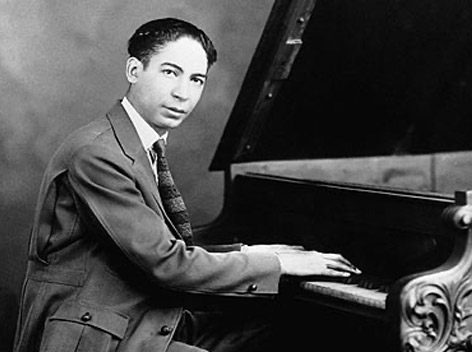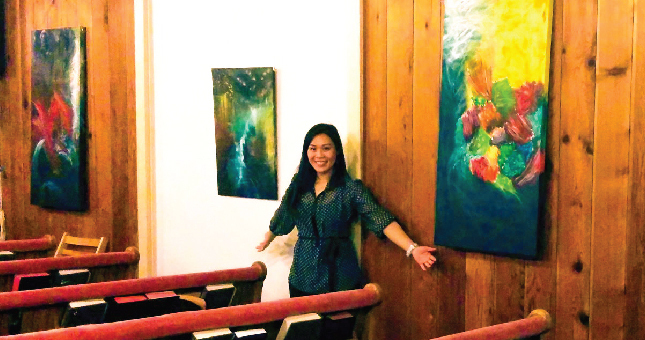
Doing Liturgical Arts Together
In this generation, there are many temptations to reduce corporate worship to a private experience that avoids any substantial connection with others. One way to resist this isolation and individualism is to integrate aesthetics into corporate worship. Good liturgical arts can provide a balance of unity and diversity by helping a congregation embrace differences in various talents and gifts, while affirming a community’s spiritual centre in God.
To explore this idea, I gathered eight members from a local church who were committed to meeting as a group to share the joys and challenges of worshipping together using the arts. We held six sessions, during which we worshipped through songs, visual arts, sharing, and praying together. We focused our sessions on four acts of worship: lament, confession, praise, and supplication.
In the first three sessions, I allowed room for the group members to reflect on and express, using different artistic media, any struggles or wounds they might be harbouring. Afterwards, we brainstormed together to come up with a series of symbols, shapes, images, and colours that best represented each issue and session. In the last three sessions, I directed the group to paint the four canvases that represented each of the four elements of worship. I allowed room for those who were more artistic to help those who were less experienced, in order to promote a safe place for everyone to share creative ideas, skills, and cultural insights.
I was a little anxious and nervous leading the first few sessions, knowing that the topics were quite heavy. Throughout the process, however, I learned to let go and allow room for others to encounter Jesus, express worship in their own way, and share through the arts. There were times when I wished I could just paint the canvases myself and get it over with; however, being in community, and wresting through the arts together, taught me that we were made for each other, and we were able to worship God more deeply as we developed a bond throughout this process. As we journeyed together, we acknowledged and put to death some of our sins and limitations, and embraced the unknown of what the future might hold for this group.
I enjoyed watching the participants open up to new things, and find their own styles of painting. Some of them surprised the group, and even themselves, with how creative and insightful they were. Each person brought value and a different perspective to the group. It was amazing to see the group members encourage each other, and try to implement each other’s contributions into the paintings.
The first two paintings turned out quite differently from the last two, but one common thread was the theme of hope and beauty in brokenness. Overall, this was a very healing and transformative process for me and I am grateful to have been a part of this journey together.
